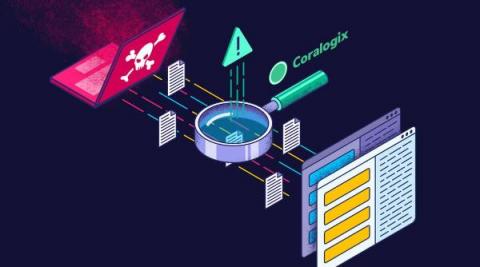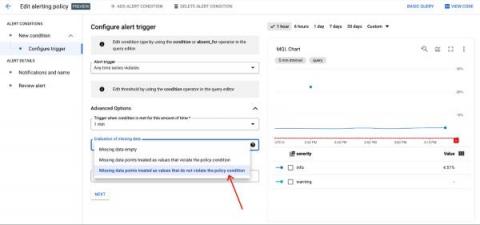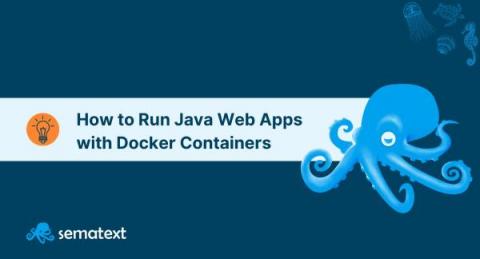Taming the Complexity of Windows Event Collection with Cribl Stream 3.4
OK, first things first. I have to admit that I am, first and foremost, an old-school UNIX systems administrator. I’m that grizzled sysadmin in your shop who soliloquizes wistfully about managing UUCP for email “back in the day.” Centralizing Logs? Yeah, we had syslog, and saved it all off to compressed files.











